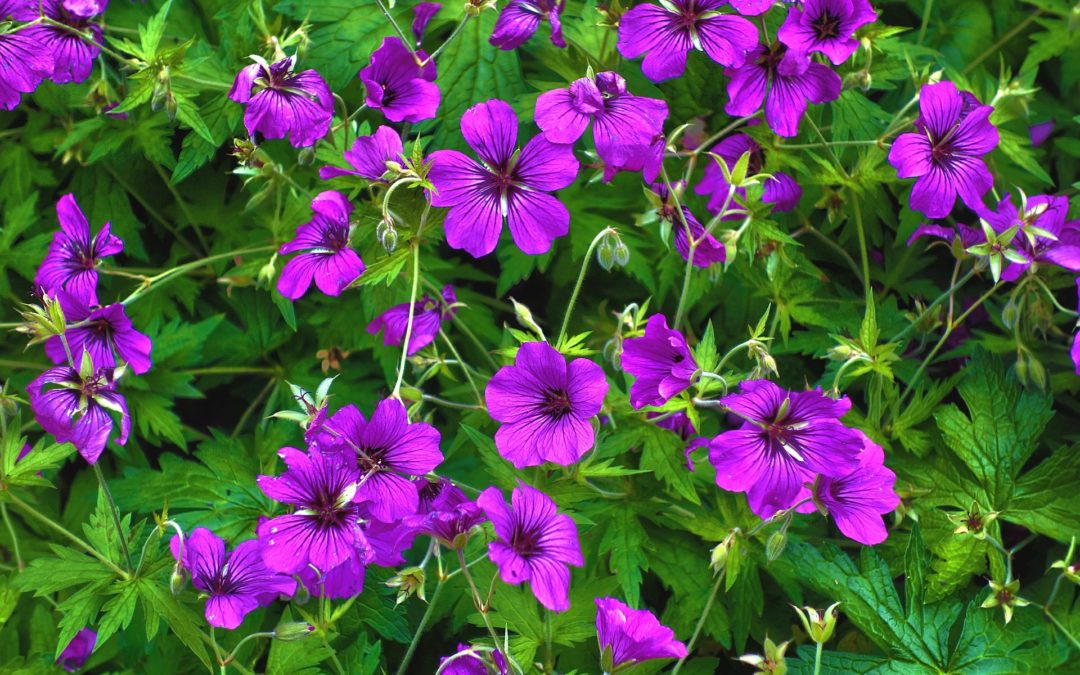The reward for those of us who endure those harsh winters is the pleasure of spring plants. Whether you’re welcoming a perennial spring-blooming plant that’s newly emerging in your garden, or setting out vivid annuals in the yard, spring plants herald the season like nothing else can.
Bulbs — the Classics of Spring
It’s hard to say whether we love bulbs like crocus and tulips because of their beauty, or because of how they manage to surprise us each year. When you see a crocus poking out from a layer of snow, you can take heart that spring really is on its way. Other spring-flowering bulbs to consider include daffodils, lily of the valley, tulips, hyacinth and Russian snowdrops.
Easy Annual Plants
Annuals are also helpful when you don’t really want to commit to a garden area, but need to brighten up a drab space. Consider white or pink impatiens for a shady patch, or purple flower petunias in an area with full sun to partial shade.
Don’t forget your non-flowering ornamental spring plants! Coleus lasts from spring to fall, and comes in colors from green to red and pink, or variegated. Need some ethereal brightness to light up the night garden? Dusty millers are silvery or white, depending on the type you choose. These spring foliage plants have a lacy look that add drama to other plantings, or excitement on their own.
Perennial Ornamentals
Perennial flowers, ground covers, vines and foliage plants return year after year, so they provide great value and less maintenance over time. Primroses are low-growing perennial flowers bursting with Easter-like hues. Tall, spiky red hot pokers burn with fire colors. For lots of foliage, turn to mid-spring perennials like hostas and ferns.
Moss and blue star creeper ground covers provide the first bit of greenery you may see once the snow recedes. Vines such as clematis and wisteria brighten trellises and mailbox posts.
Springtime Edibles
Old-timers used to call these the “spring tonic” plants — herbs and vegetables that emerge at the end of winter to provide much-needed freshness and nutrients. Cool weather crops are a natural for spring gardens. (Many can be re-planted in autumn, with the space given over to heat-loving veggies in the summer.)
Hardy vegetables which thrive in early and mid-spring include broccoli, kale, cabbage, peas, radishes, sorrel, turnip and spinach. Start the seeds early indoors, plant in the garden directly, or buy young plants from the nursery. Many of these springtime edibles also add decorative touches to the garden, especially red kale varieties, delicately-flowering pea vines, and purple broccoli.
Annual spring herbs can be direct-seeded into the garden two to four weeks before the last spring frost, when hardly anything else is safe to plant. You’ll soon be enjoying chervil, dill, cilantro, and parsley. These annual herbs can be removed in the heat of the summer, or allowed to “go to seed,” which makes for beautiful yellow or green flower heads. In addition, consider investing in nursery-grown chives, which will continue to flourish year after year. Perennial chives produce purple flowers a bit later in the growing season.
Still confused about which cool weather plants work best in zones 4 to 8? Contact us for more great ideas on beautiful, affordable spring plants to suit your garden’s specific growing conditions.

